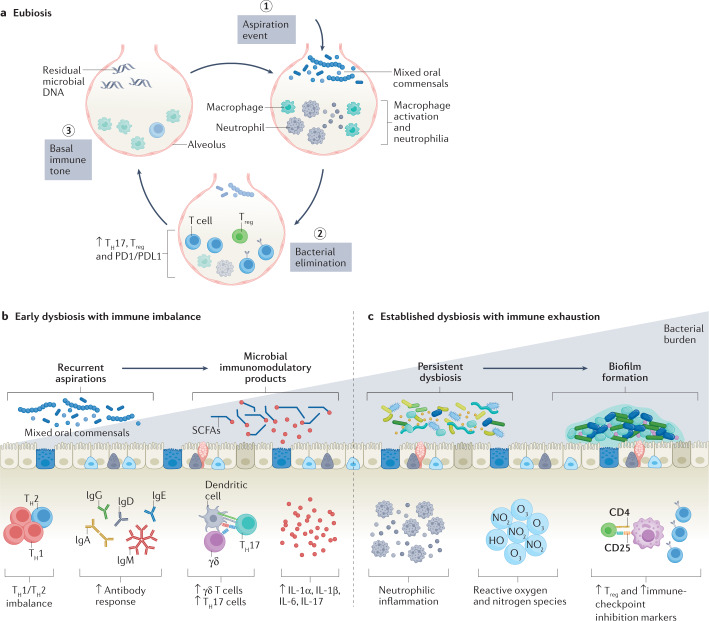Fig. 2. Lung microbial dynamics in eubiosis and dysbiosis.
a, A series of dynamic events promote eubiosis in the lower airways. Aspiration of a microorganism triggers the activation of leukocytes that orchestrate bacterial elimination by macrophage and neutrophil activity. After a transient upregulation of adaptive immunity, the immune tone returns to baseline with a low level of detectable residual microbial DNA. b, Steps commonly found in early dysbiotic events. Recurrent aspirations lead to changes in the lower airway microbial environment that can slowly become irreversible. c, Increased mucus production facilitates persistent colonization and increased bacterial burden and is associated with acute and chronic lower airway disease. Microbial immunomodulatory products, such as short-chain fatty acids (SCFAs), and host immune responses, such as a T helper 1 (TH1)/TH2 imbalance, an aggravated TH17 response and pro-inflammatory cytokines, can perpetuate neutrophilic inflammation, increased regulatory T (Treg) cell response and impaired immune surveillance. These changes can ultimately promote increased bacterial burden.

